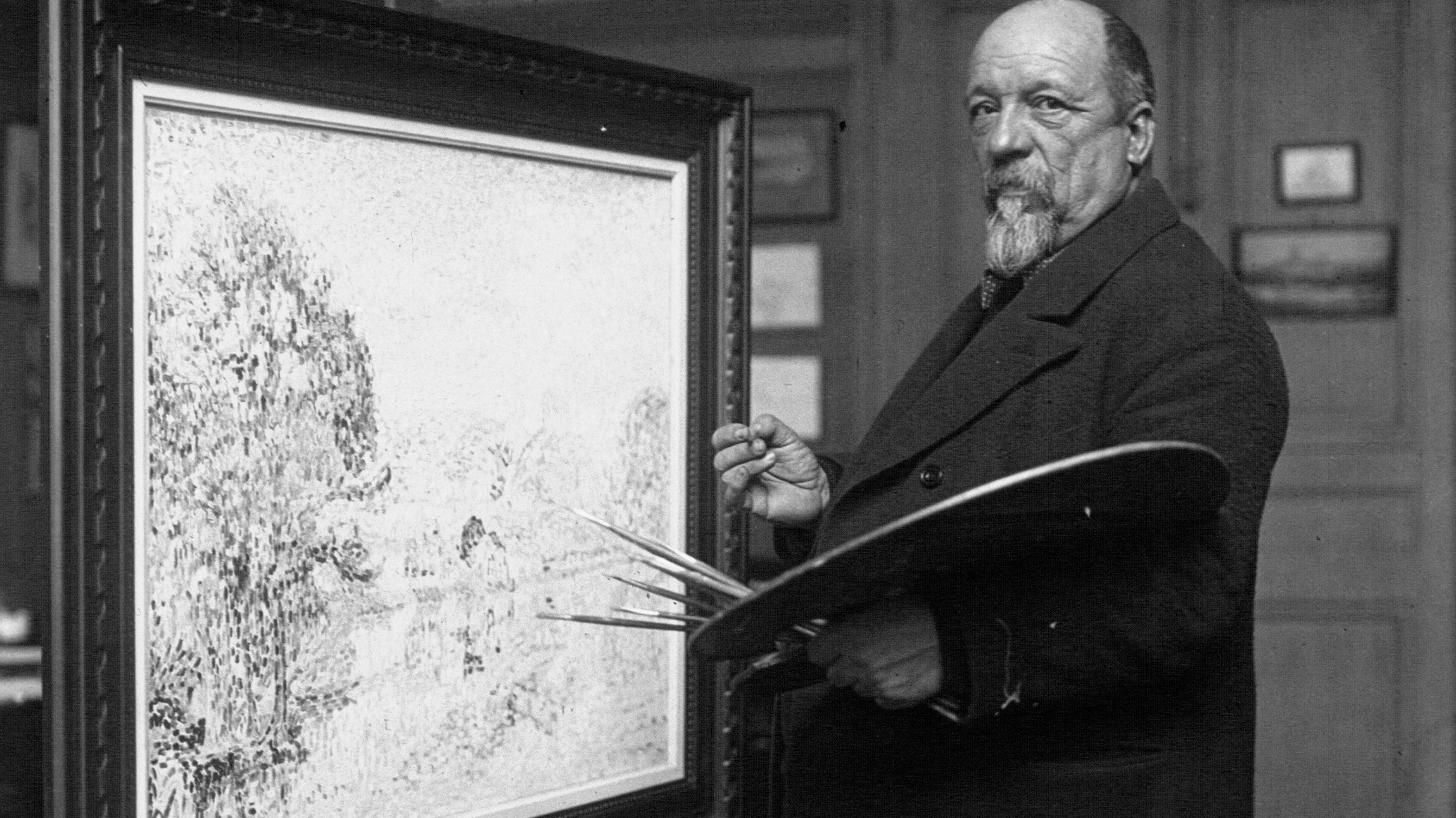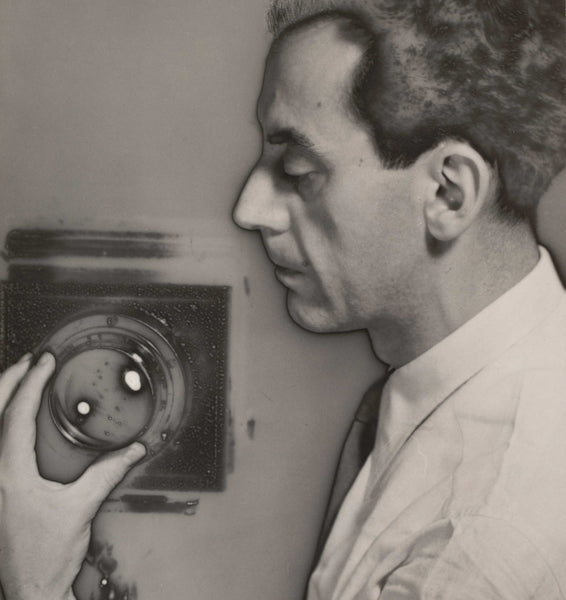
Man Ray played a significant role in Dada and Surrealism, being one of the few Americans linked to either movement.
(Man Ray's Surrealist Photography: Style, Portraits and Fashion - dans le gris)
"I would photograph an idea rather than an object, a dream rather than an idea." — Man Ray
(Man Ray's Surrealist Photography: Style, Portraits and Fashion - dans le gris)
Man Ray, whose original name was Emmanuel Radnitzky, was born on August 27, 1890, in Philadelphia, Pennsylvania. He was a multifaceted artist, known not only for his pioneering work in photography but also for his contributions to painting, sculpture, film, and assemblage. Although Man Ray successfully navigated the worlds of commercial and fine art and became a sought-after fashion photographer, he always regarded himself first and foremost as a painter. Yet, until now, his black-and-white photographs from the interwar era were attracting a lot of attention. Man Ray was always regarded as a key figure of Dadaism and Surrealism.
(Man Ray's Surrealist Photography: Style, Portraits and Fashion - dans le gris)
Rayograph
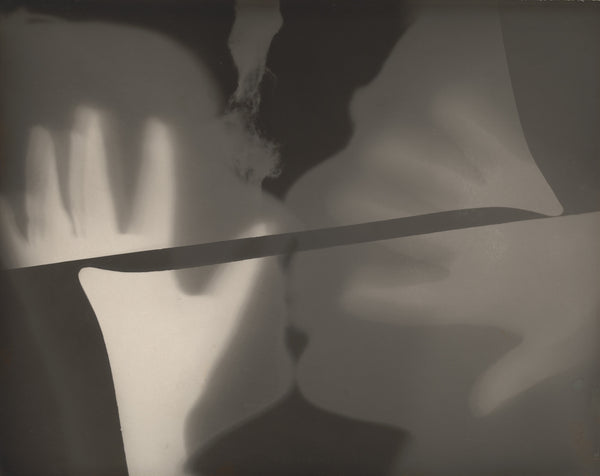
Man Ray, Rayograph, 1922.
(Man Ray's Surrealist Photography: Style, Portraits and Fashion - dans le gris)
Rayograph is a term and technique invented by Man Ray in the early 1920s. Inspired by Dadaism and Surrealism, which encouraged experimentation and the exploration of unconventional artistic processes, the technique involves creating images without a camera by placing objects—such as thumbtacks, coils of wire, and other circular forms—directly on a sheet of photosensitized paper and exposing it to light. The resulting images were characterized by their surreal and abstract qualities, often featuring overlapping shapes, shadows, and textures. In this series of artworks, Man Ray used various objects such as household items, everyday objects, and even his own hands or body parts to create a sense of mystery and ambiguity in the final images.
(Man Ray's Surrealist Photography: Style, Portraits and Fashion - dans le gris)
Man Ray, Rayograph, 1923.
(Man Ray's Surrealist Photography: Style, Portraits and Fashion - dans le gris)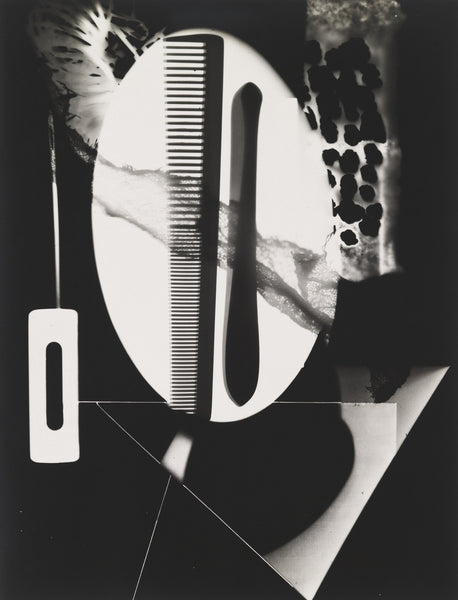
Man Ray, Untitled (plate 2) from the album Champs Délicieux, 1922.
(Man Ray's Surrealist Photography: Style, Portraits and Fashion - dans le gris)
Man Ray, Rayograph of Hand, 1927.
(Man Ray's Surrealist Photography: Style, Portraits and Fashion - dans le gris)
Solarization
(Man Ray's Surrealist Photography: Style, Portraits and Fashion - dans le gris)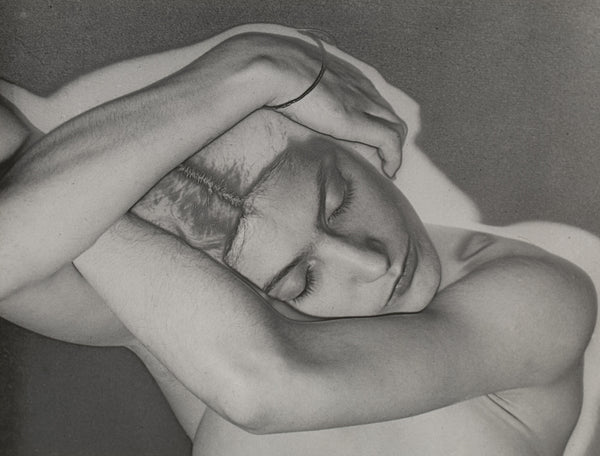
Man Ray, Sleeping Woman, 1929.
(Man Ray's Surrealist Photography: Style, Portraits and Fashion - dans le gris)
Solarization is a photographic technique that involves exposing a partially developed photograph to light before continuing processing, creating halo-like effects. This technique is also a signature element of Man Ray's style. In 1964, Man Ray told an interviewer that the solarization technique allowed him to escape from photography, to break away from banality, and provided an opportunity to produce a photograph that would not resemble a typical photograph. Man Ray often applied the technique to photographs of female nudes, using the halo-like outlines around forms and areas of partially reversed tonality to emphasize the contours of the body.
(Man Ray's Surrealist Photography: Style, Portraits and Fashion - dans le gris)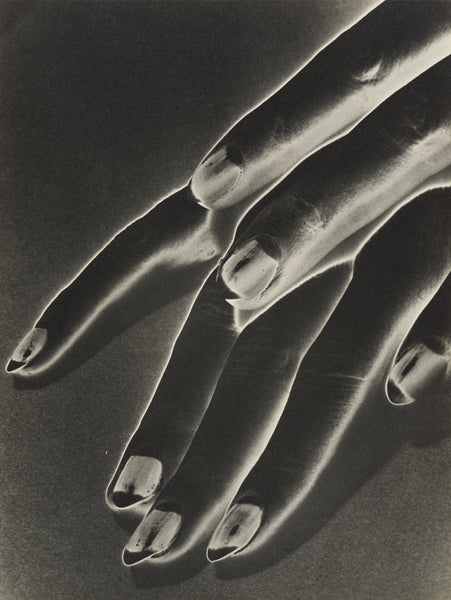
Man Ray, Untitled, 1930.
(Man Ray's Surrealist Photography: Style, Portraits and Fashion - dans le gris)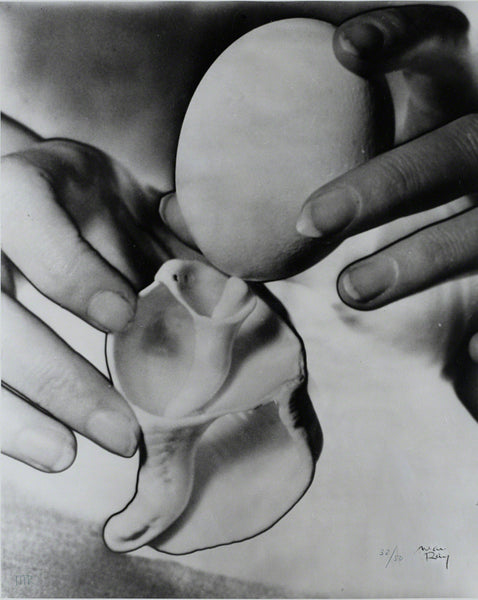
Man Ray, Egg and shell, Solarization, 1931.
(Man Ray's Surrealist Photography: Style, Portraits and Fashion - dans le gris)
Man Ray, Solarized Double Profile, Paris, 1932.
(Man Ray's Surrealist Photography: Style, Portraits and Fashion - dans le gris)
Man Ray's Paris Portraits
(Man Ray's Surrealist Photography: Style, Portraits and Fashion - dans le gris)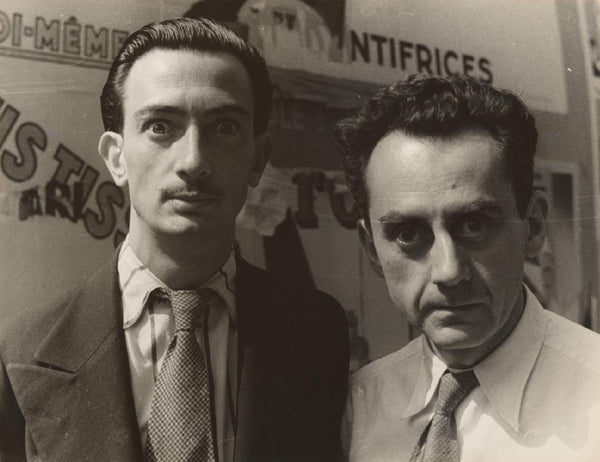
Salvador Dalí and Man Ray, Paris, 1934.
(Man Ray's Surrealist Photography: Style, Portraits and Fashion - dans le gris)
In 1921, Man Ray moved from New York to Paris, where Marcel Duchamp warmly welcomed him and introduced him to the Dada and Surrealist circles of artists, writers, and poets during the Roaring Twenties era. In his own words, Man Ray explained that he used photography for subjects he preferred not to paint, and painting for those that couldn't be captured by the camera. Alongside his experimentation with photographic techniques, Man Ray displayed a remarkable talent for portraiture. As his reputation swiftly spread among his circle of peers, he became the preferred photographer of the Surrealists. Artists, writers, poets, and musicians alike gathered around Man Ray, seeking him out to immortalize their likenesses in his distinct style.
(Man Ray's Surrealist Photography: Style, Portraits and Fashion - dans le gris)
Man Ray, Solarised Portrait of Lee Miller, circa 1930.
(Man Ray's Surrealist Photography: Style, Portraits and Fashion - dans le gris)
Man Ray and Fashion
(Man Ray's Surrealist Photography: Style, Portraits and Fashion - dans le gris)
When Man Ray was in Paris, he experienced immense success not only through his portraits but also through avant-garde fashion photography. He collaborated with prominent fashion designers of his time, including Elsa Schiaparelli, Madeleine Vionnet, Louise Boulanger, and Coco Chanel. Initially, Man Ray professed that his involvement in fashion photography was simply to finance his studio, brushes, and paint. However, fashion magazines were attracted to his work, and he began working with Vanity Fair, French Vogue, and Harper's Bazaar. Man Ray infused his fashion photography with surreal elements, employing strange compositions, solarizations, and other technical experiments, resulting in dreamlike images that created magazine pages unlike any seen before.
(Man Ray's Surrealist Photography: Style, Portraits and Fashion - dans le gris)
Evening Gown "Apollo" by Jeanne Lanvin, Photograph by Man Ray, 1925.
(Man Ray's Surrealist Photography: Style, Portraits and Fashion - dans le gris)
Continue Reading:
• Elsa Schiaparelli: Where Surrealism Art Meets Haute Couture
• Montage in Art: Definition, Photomontage, and Artists
• Surrealism in Art: From the Unconscious Dream to Artistic Reality
• Dadaism: The Anti-Art Movement in Modern Art
(Man Ray's Surrealist Photography: Style, Portraits and Fashion - dans le gris)
About Us
Dans Le Gris is a brand that started with everyday jewelry; each handmade piece is designed and crafted in Taiwan. We deeply value every detail, dedicating ourselves to creating enduring pieces through collaboration with experienced craftsmen.
(Man Ray's Surrealist Photography: Style, Portraits and Fashion - dans le gris)
In our journal, we provide irregular updates featuring articles about art, culture, and design. We aspire to furnish our readers with profound insights and inspiration across a broad array of creative subjects. From the daily inspirations found in art and design to the timeless beauty of traditional craftsmanship and philosophy, our curated content encompasses diverse aspects of life.





